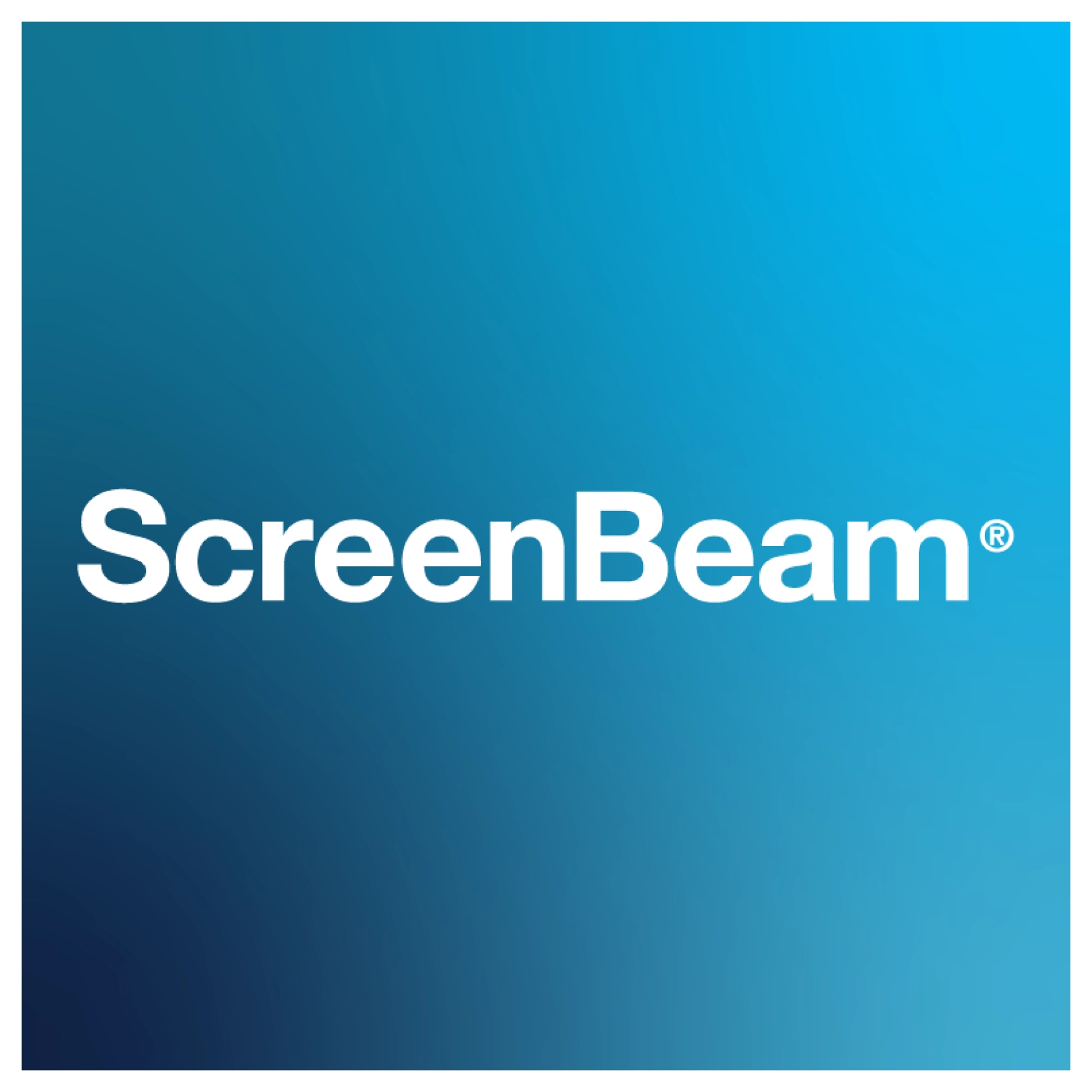The Difference Between Consumer and Enterprise Wireless Displays
This interview originally aired on MarketScale’s Software & Technology Podcast.
Not all wireless display solutions are created equal, especially when it comes to residential versus enterprise needs. On this episode of the Software and Technology Podcast, we sat down with Jay Taylor, Senior Director of Strategic Alliances for ScreenBeam, a leader in wireless display and collaboration solutions.
When Miracast was introduced as the industry standard for wireless connections for devices, it initially launched for consumer use.
“All of this was aimed at the consumer space because everybody was looking for … consumer entertainment consumption scenarios,” Taylor said. “But that is a different animal than what you need in a enterprise environment space.”
Whereas a living room can have maybe 12 devices connected to the WiFi, a corporate environment can have hundreds, if not thousands of employees in a dense area accessing a limited number of access points.
“Trying to make wireless work in that environment is much more challenging,” Taylor said.
ScreenBeam was first to market with a WiFi certified receiver that found widespread use in offices and classrooms using smartboards. Thanks to the company’s co-engineering partnership with Microsoft, it placed them in a unique position to enhance the experience as display technology has progressed.
“We’ve gone from the days of projectors in the conference room to HD displays and now interactive displays that support touch,” Taylor said.
In this episode, Taylor shared how an enterprise solution is critical for modern wireless displays in supporting multi-device environments and various security protocols.




